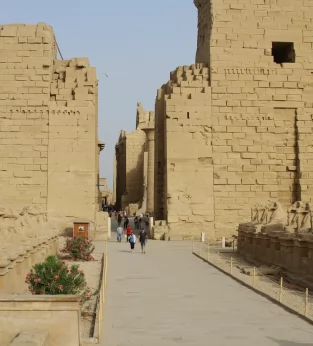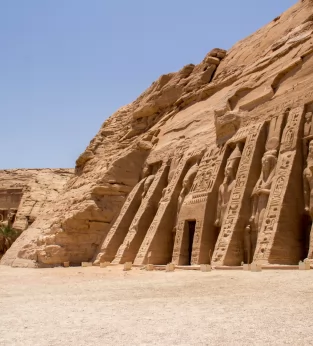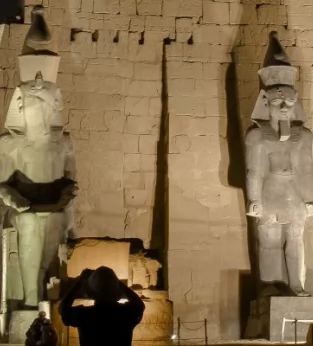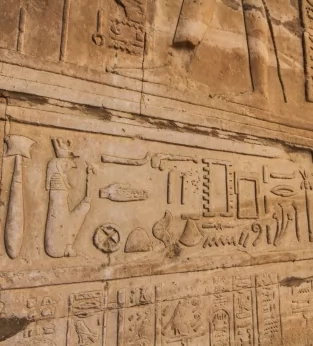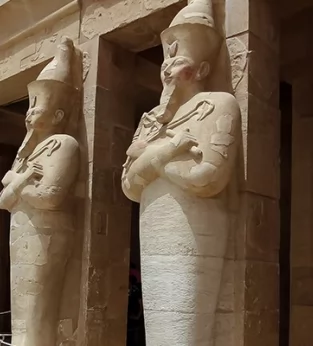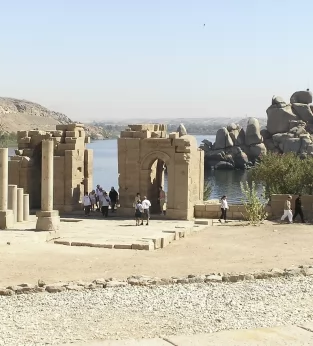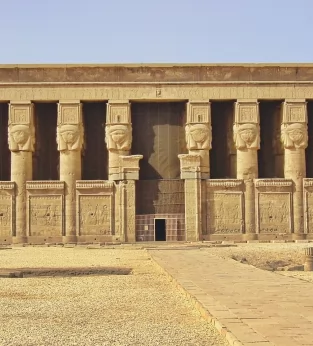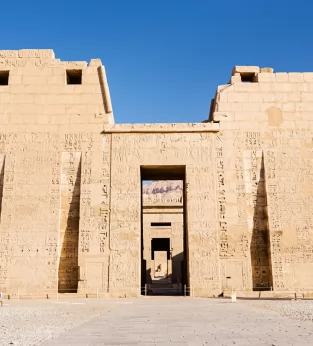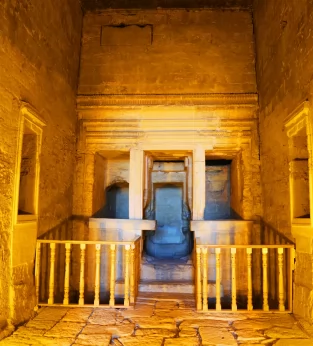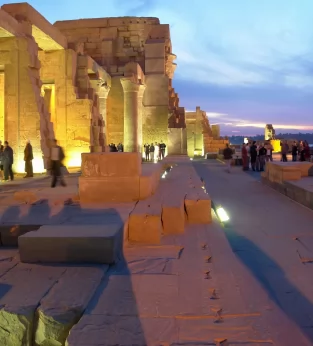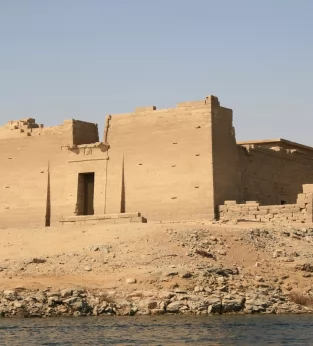Stay updated!
The Temple of Abydos in Upper Egypt, also known as the Great Temple of Seti I, is one of Egypt's most remarkable archaeological sites, deeply intertwined with ancient history and religious traditions. Commissioned by Seti I, the father of Ramses II, this exquisite temple was dedicated to Osiris, embodying significant religious beliefs among the ancient Egyptians. Built around 1300 BC, during the 19th Dynasty of the New Kingdom, its intricate artwork and hieroglyphs reflect exceptional skill and provide a priceless link to the past.
The importance of the Abydos Temple goes beyond its architectural splendor; it is a key player in Egyptian mythology and religious practices. Revered as one of the most sacred cities in ancient Egypt, Abydos was believed to be the burial ground of Osiris, the god of the afterlife. Pilgrimages to this temple were thought to offer blessings and a pathway to an honored afterlife, demonstrating its central role in the spiritual lives of ancient Egyptians.
Visiting the Great Temple of Abydos in Egypt offers a rare opportunity to immerse yourself in ancient history, engaging with art that narrates tales of mythology and spiritual significance. The temple's beautifully carved reliefs and detailed inscriptions grant visitors valuable insights into the cultural fabric of ancient Egypt, revealing beliefs that shaped a civilization renowned for its depth and complexity.
Due to its considerable distance from the main tourist routes, the Temple of Abydos is best accessed through Egypt private tours or an exclusive long Nile cruise from Cairo to Luxor and Aswan which is organized by Inside Egypt only once each year, in early spring. These carefully curated Abydos tours provide immersive experiences, allowing travelers to explore the awe-inspiring site with expert guides. Don't miss the chance to explore this remote archaeological wonder and immerse yourself in Abydos's ancient history and mystical charm. Secure your spot now and embark on a memorable adventure of discoveries and cultural insights!
Photos of Abydos, Egypt
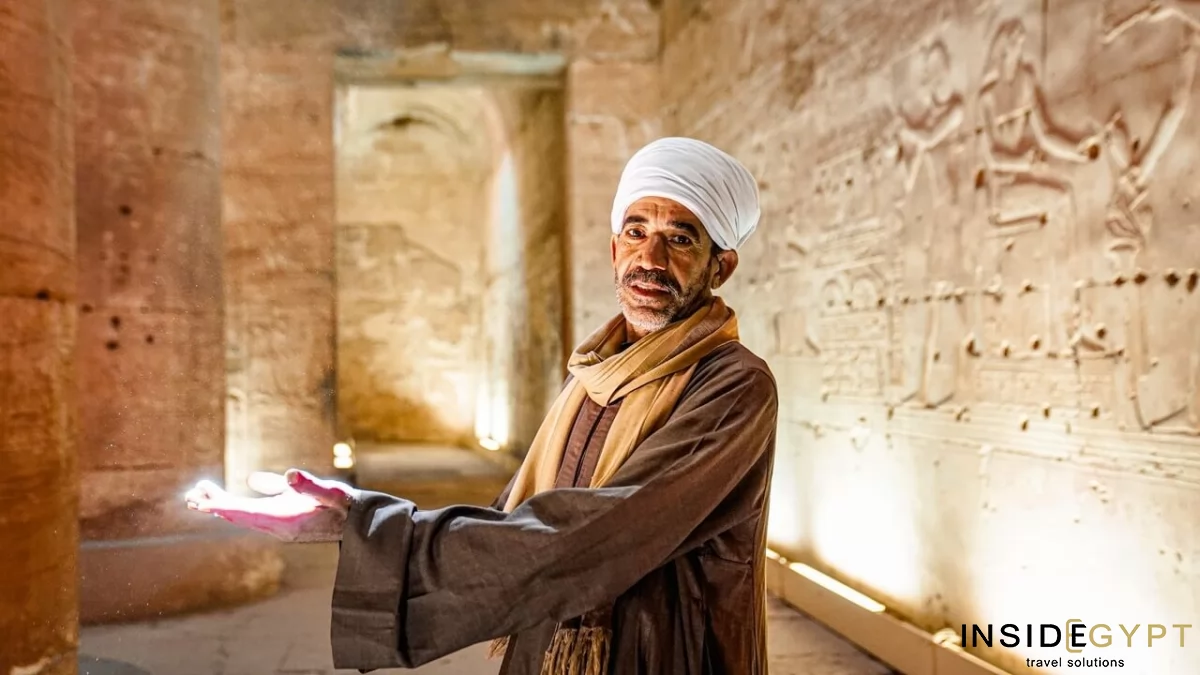
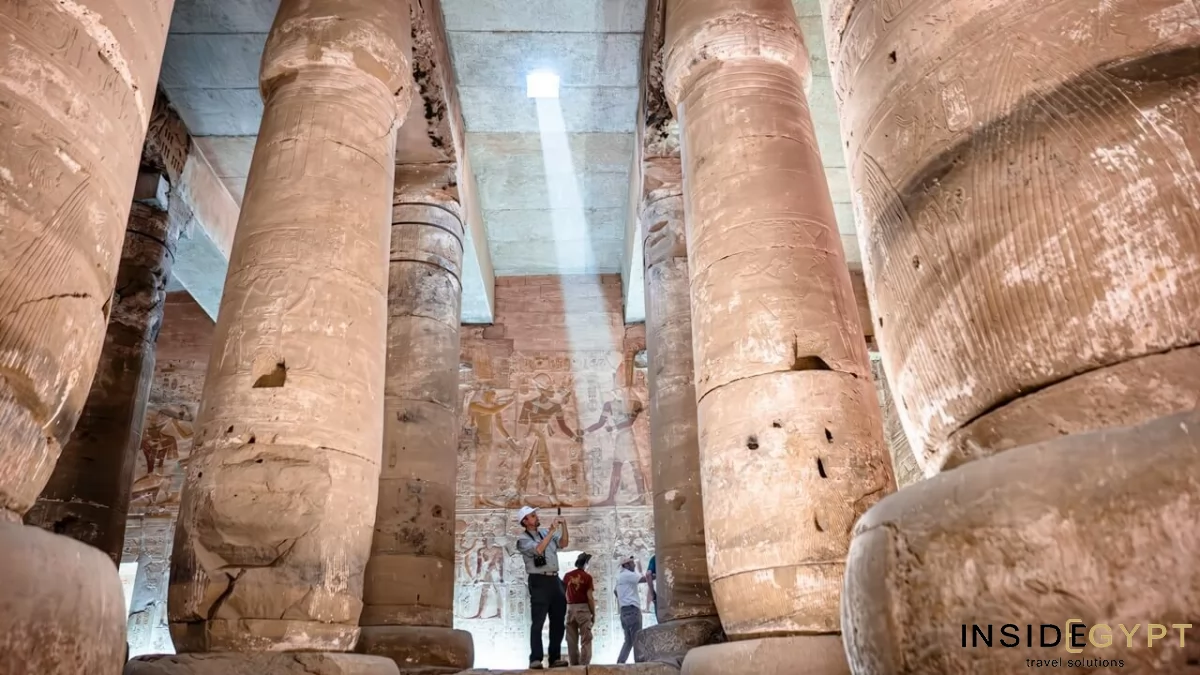

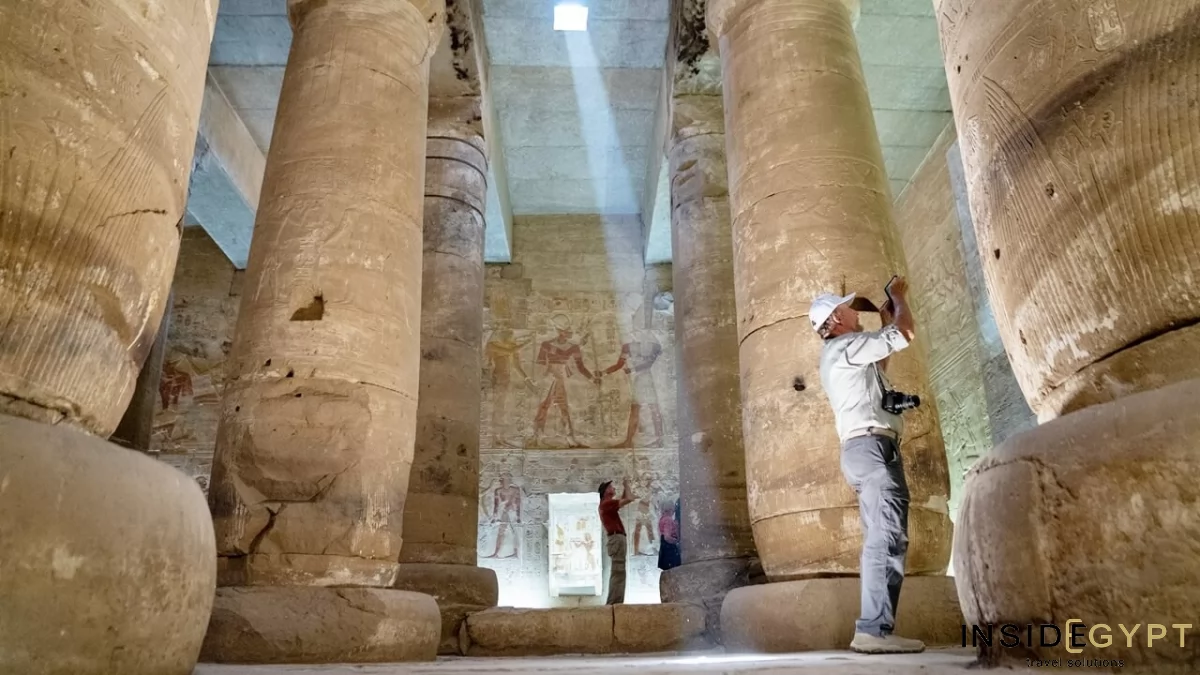
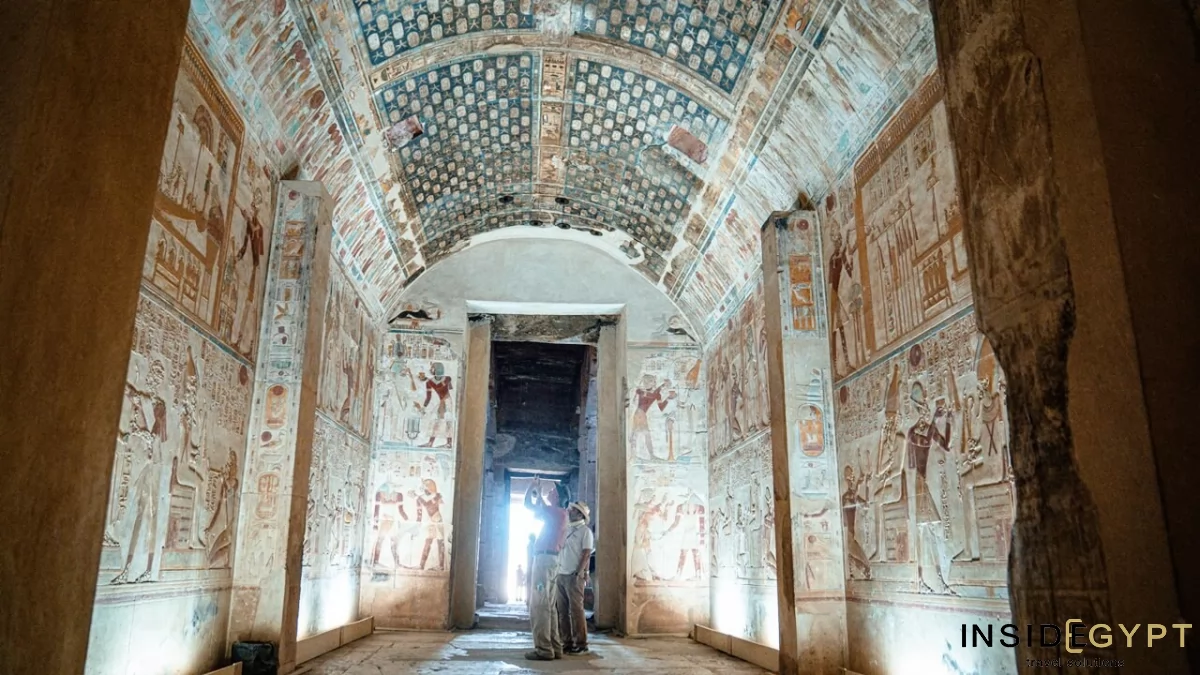
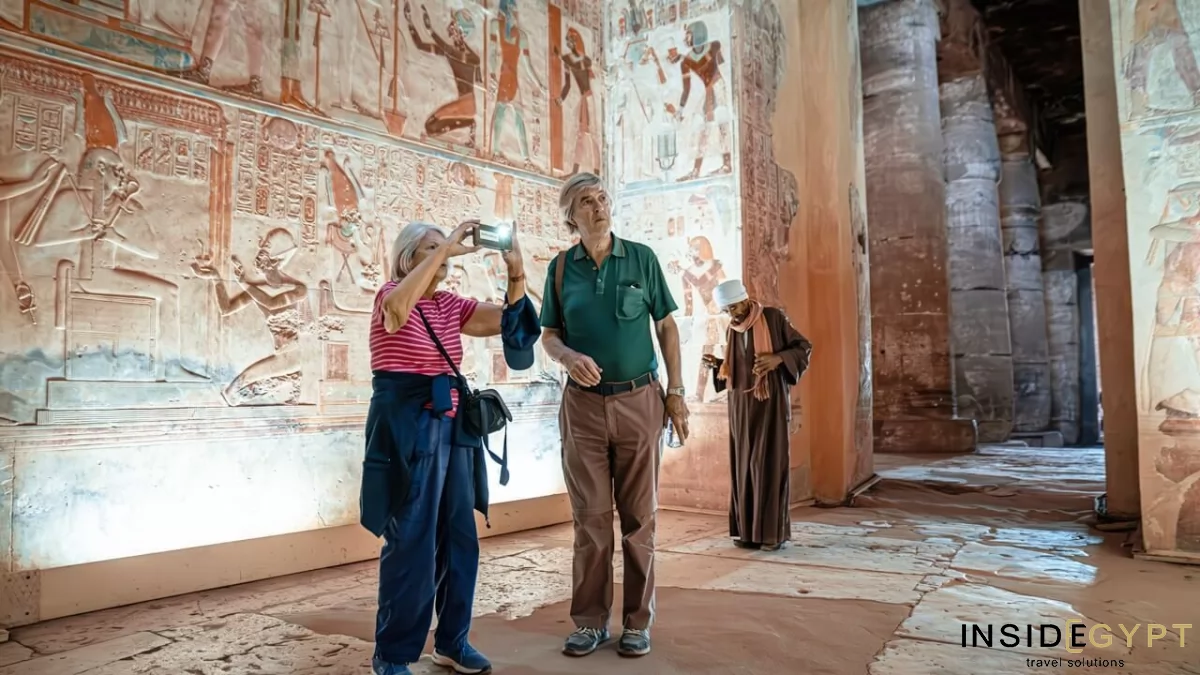
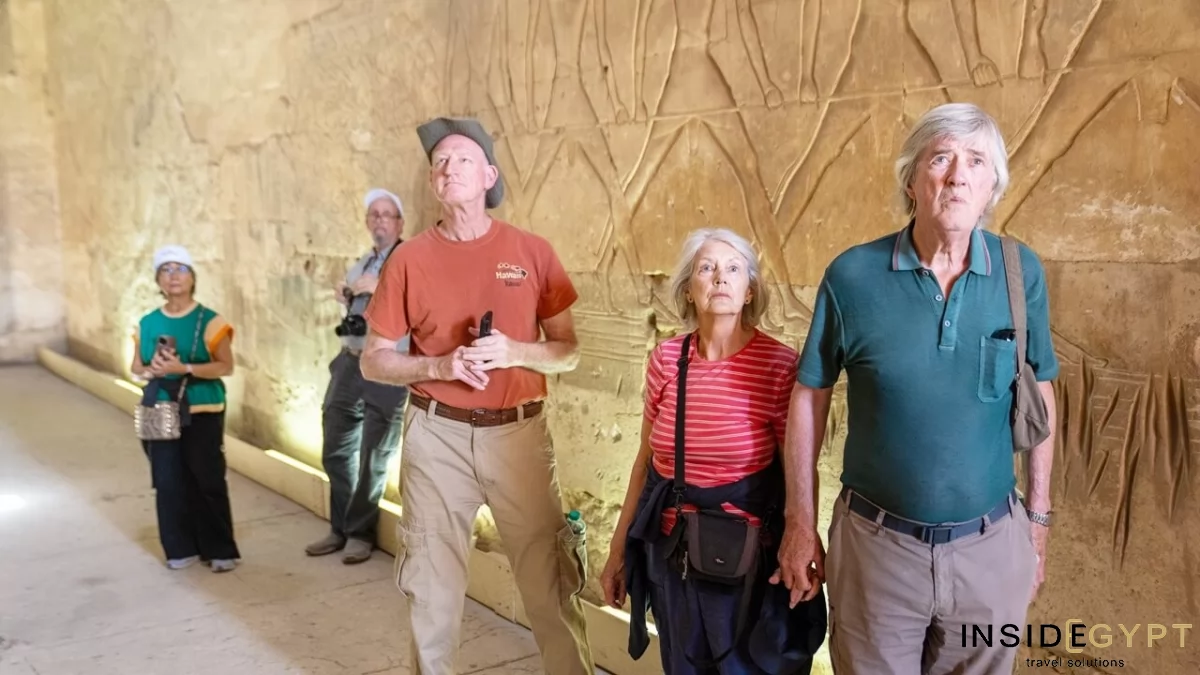
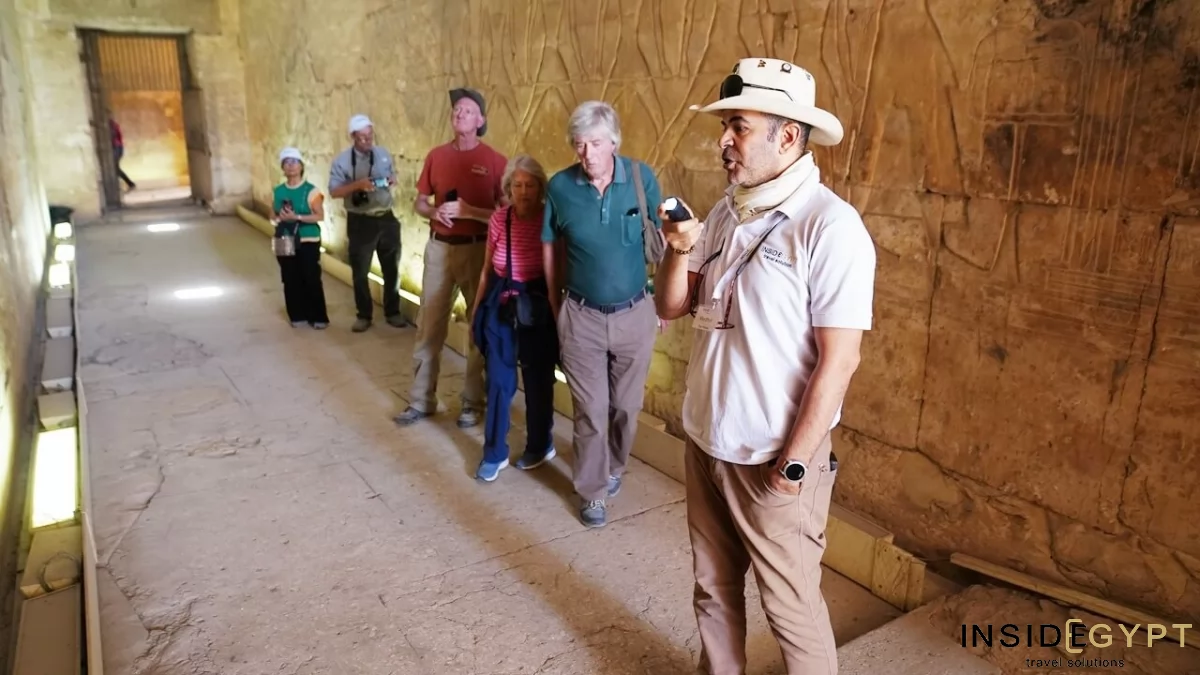
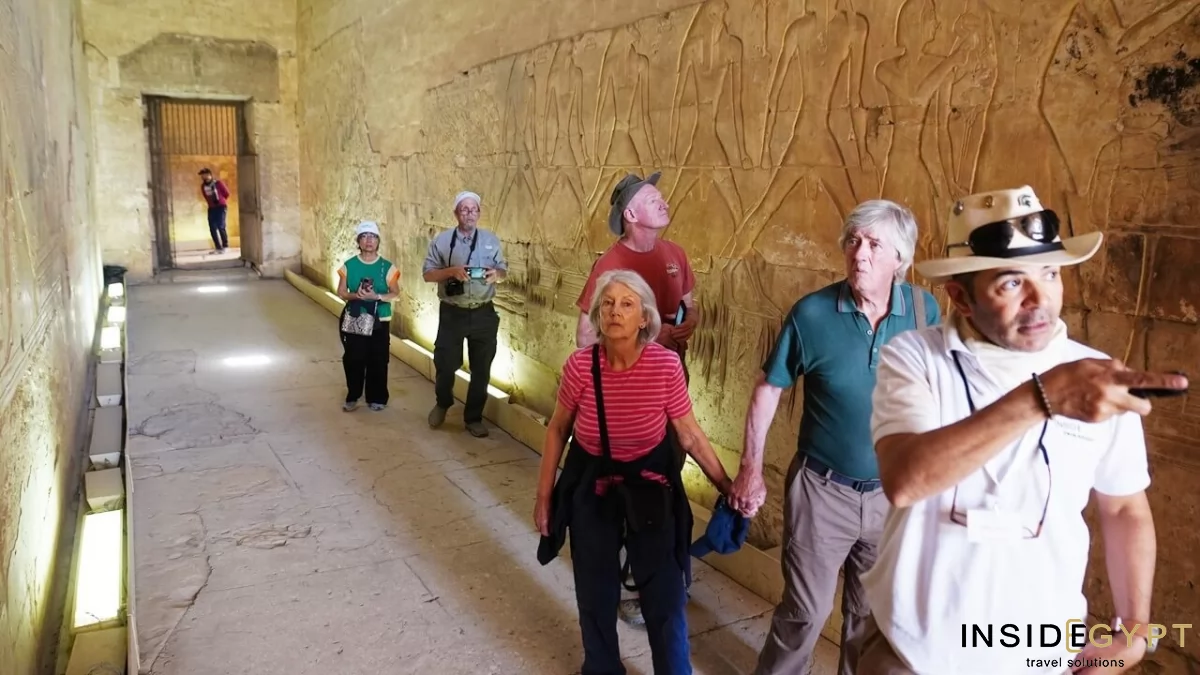

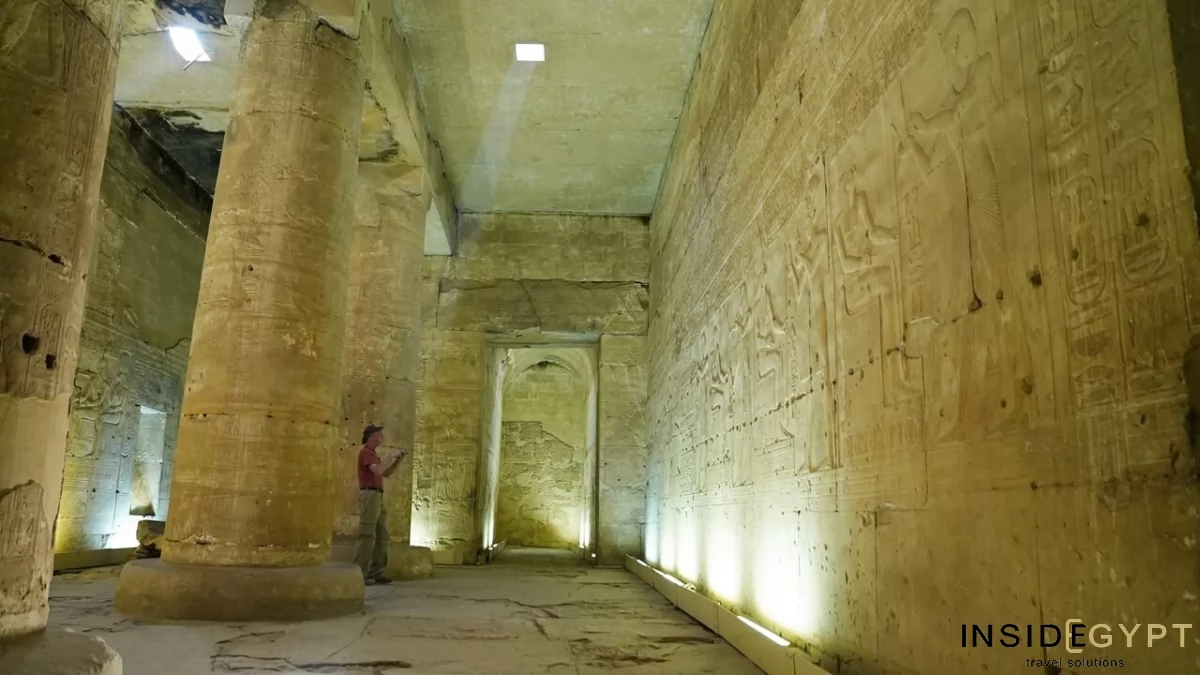
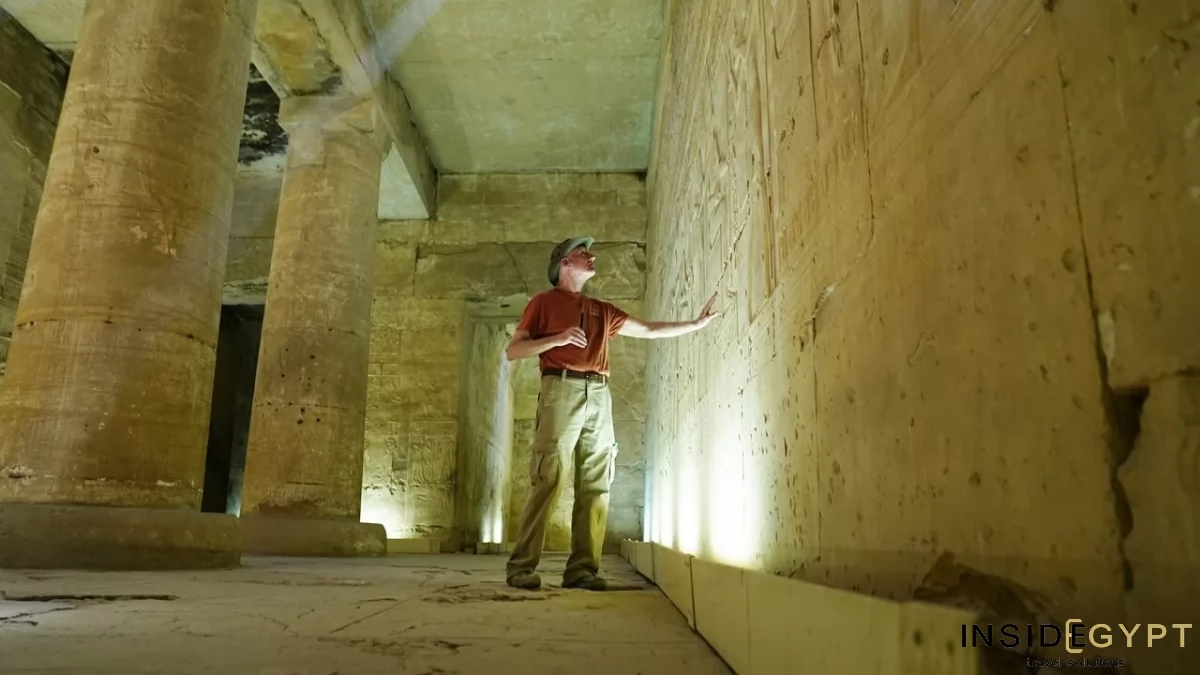
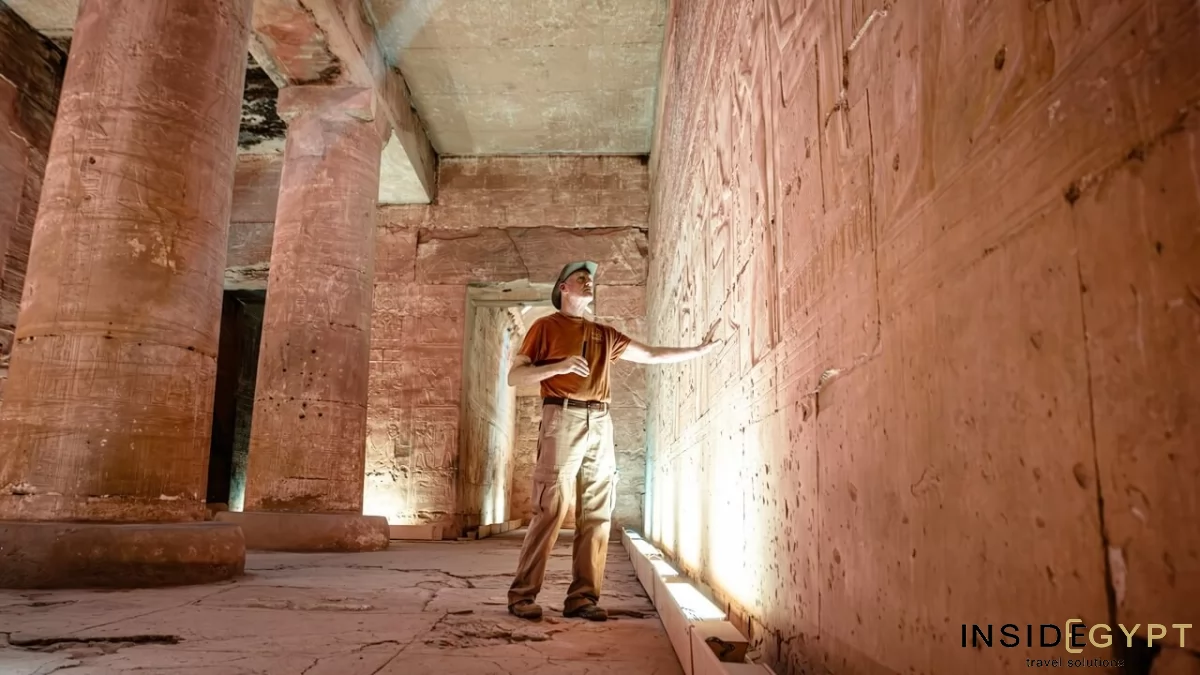
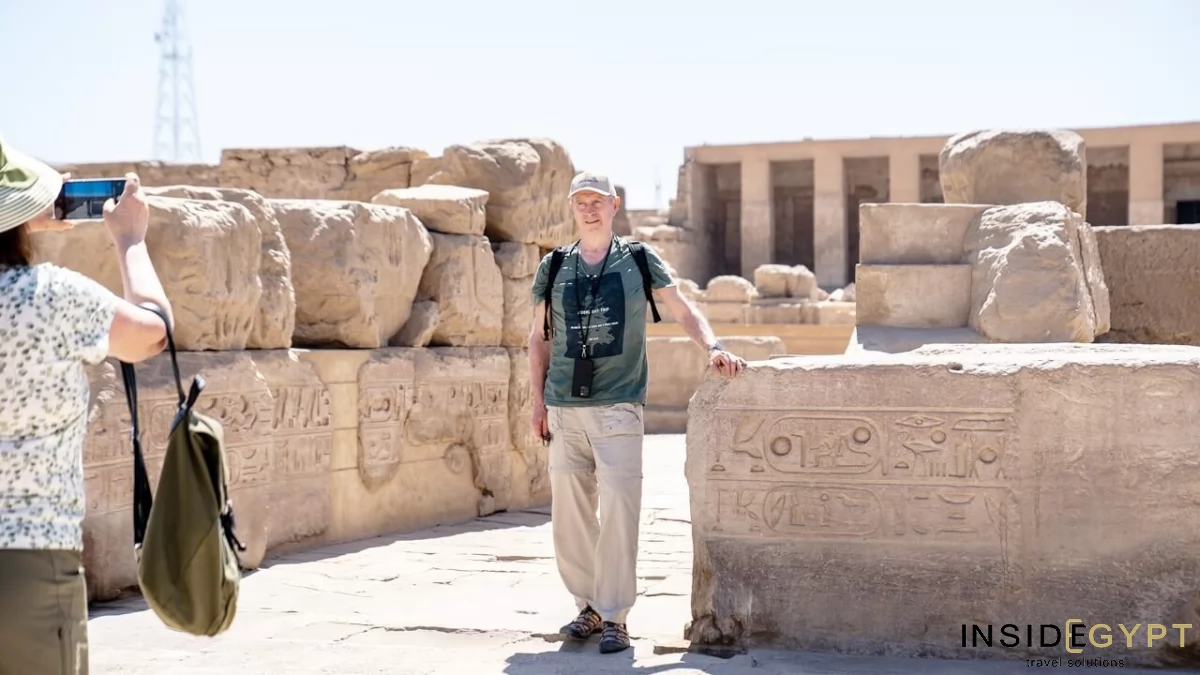
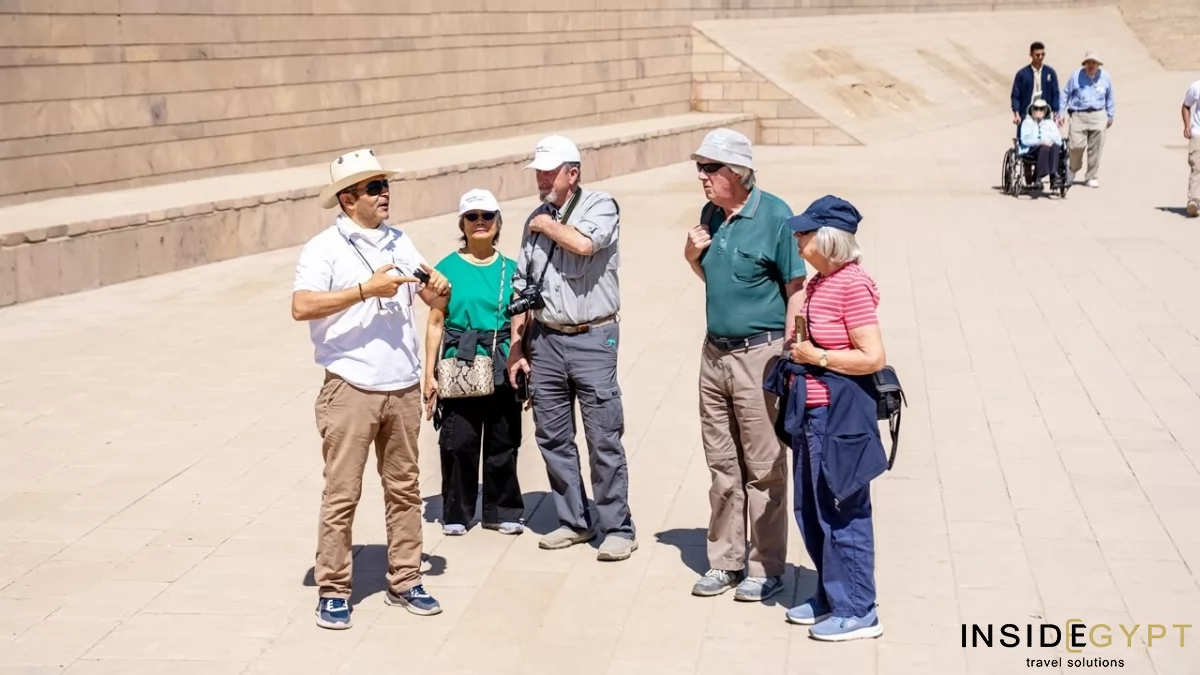
Discover Our Exclusive Egypt Tours
Tour Reviews
FAQ About the Temple of Abydos
What is the significance of the Temple of Abydos?
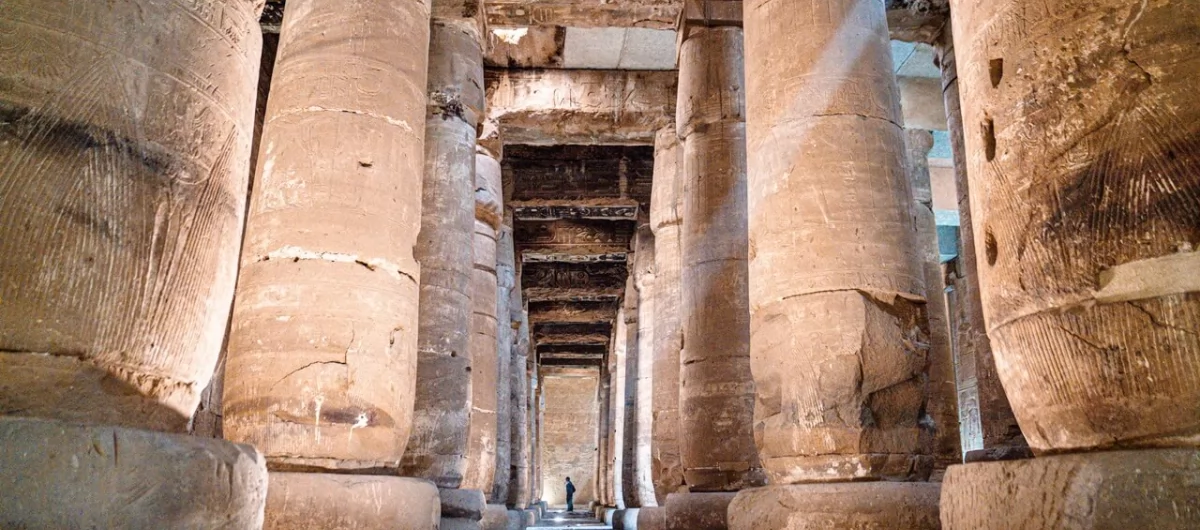
The Temple of Abydos in Upper Egypt holds immense historical and religious significance as a major center of Osiris worship. Dedicated to the god of the afterlife, the temple was believed to be the site of Osiris's burial, making it a pivotal pilgrimage destination for those seeking blessings for a favorable afterlife. Pilgrims traveled from across Egypt to honor Osiris, reinforcing the temple's prominence in the spiritual landscape of ancient Egyptian religion.
One of the unique features of the temple at Abydos is the Abydos King List, a vital record cataloging the names of Egypt's pharaohs from the earliest dynasties to the reign of Seti I. This inscription serves not only as a historical document but also as a testament to the legitimacy of the ruling pharaohs, showcasing their divine right to govern and their connections to the gods.
The temple's architectural features are equally captivating. It is characterized by grand columns, intricate reliefs, and stunning artwork depicting scenes of mythology and religious practices. The artistic detail found in the temple of Osiris illustrates ancient artisans' skill and conveys complex narratives about life, death, and resurrection.
The Temple of Abydos is not just an architectural wonder but a reflection of the deep religious beliefs and traditions that shaped ancient Egypt, making it one of the country's most fascinating and revered temples.
What is the most interesting part of the Temple of Abydos?
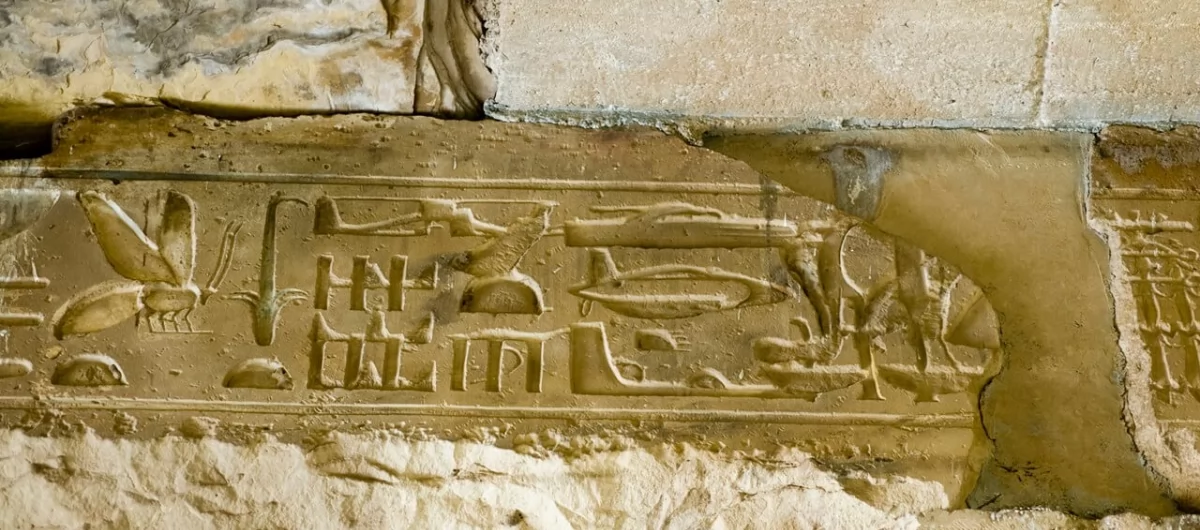
The Temple of Abydos is home to several intriguing attractions that capture visitors' imaginations. One of the most significant features is the Hall of Kings, which proudly displays the Abydos King List. This historical record chronicles the names of Egypt's pharaohs, providing invaluable insights into the rulers' dynastic succession and religious legitimacy through the ages.
The mysterious Osireion (temple of Osiris) is another highlight, believed to be a symbolic tomb of Osiris. Discovered in 1903, this fascinating structure features a 60-meter corridor lined with funerary inscriptions leading to an impressive burial chamber. With access limited to only 49 visitors for a two-hour tour, and a ticket price of 40,000 EGP ($790 USD), the Osireion remains a hidden gem that captivates researchers and enthusiasts alike. Due to strict regulations, no photos or touching are allowed, preserving its enigmatic allure.
Additionally, the temple is renowned for its well-preserved reliefs that depict pharaohs engaging in sacred rituals. These intricate carvings not only showcase the exceptional artistry of ancient Egyptians but also provide unique representations of historical events and deities.
A curious feature within the temple is the so-called "helicopter of Abydos," where keen observers can spot what some believe to be representations of modern technology, such as a tank and a gun. While proponents of such interpretations suggest a connection to ancient advanced technology, archaeologists attribute these to superimposed hieroglyphs, sparking debates and mysteries surrounding this remarkable site.
Where is the Temple of Abydos located?

The Temple of Abydos is located in Sohag Governorate, approximately 160 kilometers north of Luxor, making it one of the most fascinating archaeological sites in Upper Egypt. Set within a historical context, Abydos sits near the banks of the Nile River, surrounded by the vast desert landscape that characterizes this ancient region.
Traveling to the Temple of Abydos can be accomplished from major cities like Luxor and Cairo. From Luxor, visitors can reach the temple by road, making it a picturesque drive that typically takes about two to three hours. Travelers from Cairo have the option to take a long-distance bus or arrange for private transportation, which could take around six hours, providing a scenic journey through rural Egypt.
Inside Egypt can arrange private tours to the Temple of Abydos, ensuring a personalized and immersive experience. Additionally, visitors can explore this remarkable site as part of a long Nile cruise from Cairo to Aswan, which occurs only once a year in early spring. This unique opportunity allows travelers to visit other rarely accessible archaeological sites, including Tuna el-Gebel, tombs of Beni Hasan, Tell el-Amarna, and Hathor Temple in Dendera. Such tours not only enhance the travel experience but also offer enriching insights into the rich tapestry of ancient Egyptian heritage, as visitors delve into history while navigating the breathtaking Nile.
How close is Dendera to Abydos?

Dendera and Abydos are located approximately 90 km apart in Upper Egypt, making it convenient for travelers to explore both sites in a single trip. Various travel options exist, including private tours and guided excursions that provide transportation and insights into the rich history of these ancient locations. Car rentals are available for those who wish to drive themselves for greater flexibility. Additionally, long Nile cruises from Cairo to Aswan often include stops at both Dendera and Abydos, allowing visitors to enjoy the scenic waterways while immersing themselves in Egypt's legacy.
At Dendera, the Hathor Temple stands out as a stunning example of ancient Egyptian architecture and artistry. The temple is elaborately decorated with detailed depictions of gods and goddesses, mystifying hieroglyphs, and breathtaking astronomical ceiling paintings. Among its many features, the sculptured Dendera zodiac is particularly noteworthy. This relief in the temple depicts the zodiac system recognized today, including Taurus (the bull) and Libra (the scales). The original Dendera zodiac was famously removed by French colonizers in 1820 and now resides in the Louvre.
Visiting the Hathor Temple offers a unique opportunity to appreciate the artistic brilliance of the Ptolemaic period, particularly through the eyes of Jean-François Champollion, who established its historical significance. A journey to Dendera promises to enrich your understanding of ancient Egypt and its captivating heritage.
Are there other temples around Abydos worth visiting?

Abydos is home to the renowned Temple of Seti I and a gateway to several significant archaeological sites worth exploring. The Temple of Seti I, notable for its artistic masterpieces and the Abydos King List, an inscription featuring the cartouches of most dynastic pharaohs, offers visitors a glimpse into ancient Egyptian history. Additionally, the graffiti within the temple, including ancient Phoenician and Aramaic inscriptions, contributes to its allure.
Nearby, Umm el-Qa'ab, the royal necropolis of Abydos, is significant for its burial sites of early pharaohs. These tombs highlight Abydos's evolution into a major cult center, as it was once highly desirable to be buried in this sacred city.
For those looking to expand their journey, Qena city is an excellent stop. Located about 63 km north of Luxor, Qena is famous for its proximity to the Dendera temple complex. The city, known for its vibrant market and pretty natural scenery, offers a glimpse into ancient and Islamic heritage. Visitors can explore its pottery craft, unique architectural mosques, beautiful huge mountains and green nature.
Additionally, Luxor, just a short distance away, is celebrated for its remarkable temples and tombs, making it a hotspot for history enthusiasts. Whether you opt for Abydos tours or visit the Abydos temple, complementing your experience with trips to Qena and Luxor will enhance your understanding of Egypt's rich cultural tapestry.
When is the best time to visit the Abydos Temple?
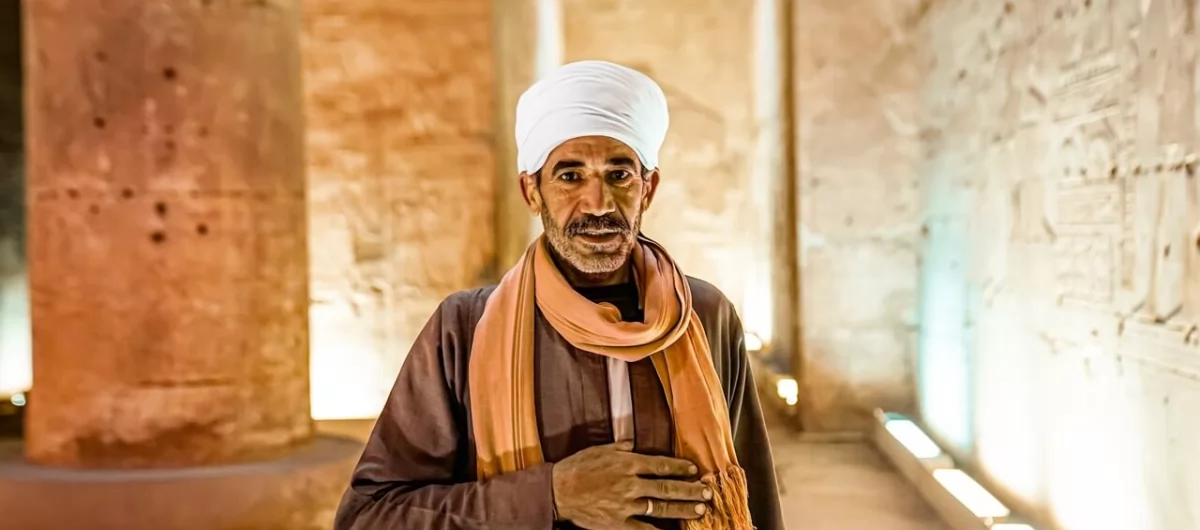
The best time to visit the Abydos Temple is during the cooler months from October to April. During this period, temperatures in Upper Egypt are more comfortable, averaging between 20°C to 25°C (68°F to 77°F), making it ideal for exploring the temple's remarkable architecture and intricate carvings without the intense heat often experienced in the summer months, when temperatures can soar above 40°C (104°F).
Visiting during the cooler season allows for a more enjoyable experience, especially since the temple's outdoor surroundings can be quite warm. However, if traveling during the hotter months, early morning or late afternoon visits can provide some relief from the heat.
Inside Egypt's itineraries are expertly designed to accommodate visitors year-round, offering flexible scheduling options that include early morning departures or late afternoon explorations. This ensures that you can appreciate the stunning beauty of the Abydos Temple regardless of the season. With experienced guides and tailored plans, you can make the most of your trip and delve into the rich history of this ancient site.
What People Say About Our Abydos Temple Tours
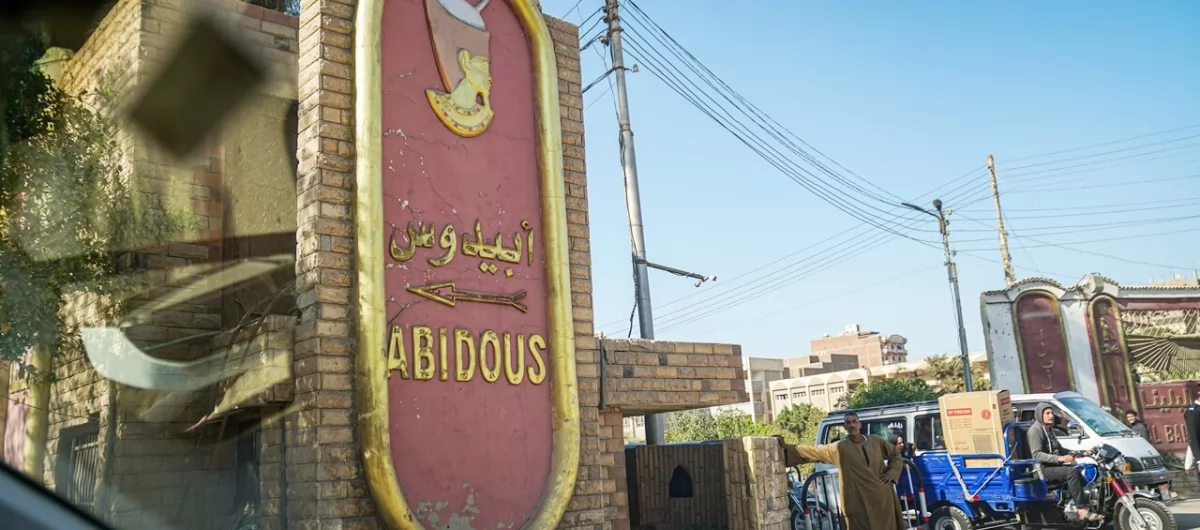
At Inside Egypt, we are committed to providing travelers with premium experiences that showcase the rich heritage of Egypt. Our Abydos temple tours are designed for your comfort, featuring comfortable transportation and knowledgeable guides who share their expertise at every turn. We also ensure an authentic experience, from delicious food to meticulous attention to detail allowing you to relax and enjoy your journey. Here's what some of our travelers have to say about their unforgettable visits to Abydos:
"Visiting Abydos was absolutely remarkable! It's one of the most beautiful temple sites in Egypt and truly a hidden gem in Sohag, as tourists do not overrun it. The Seti I temple is breathtaking, and the energy there is simply different. The majestic pathway lined with the list of kings who ruled Egypt and the striking nearby Ramses II temple and Osireion made this trip unforgettable. I cannot recommend it enough—it's a must-visit!"
"Abydos is a bit of a journey from Luxor, but it's worth every moment spent! My day trip included both Abydos and Dendera, and what a reward it was. The temples are some of the best-preserved archaeological treasures in Egypt, with fewer crowds to contend with. I was fascinated by the original colors still visible and the intriguing carvings that hint at historical mysteries. Walking on the original roof was a unique experience. A knowledgeable guide from Inside Egypt truly enhances the visit. Highly recommended!"
"In my opinion, Abydos is the best temple in Egypt! The intact roof and stunning interior are mesmerizing. The preservation of colors is exceptional, and I was captivated by the mysteries surrounding the helicopter and the origins of the Osireion. Visiting this temple felt like a privilege that shouldn't be missed. Thanks to Inside Egypt for providing such an insightful and hassle-free experience!"
